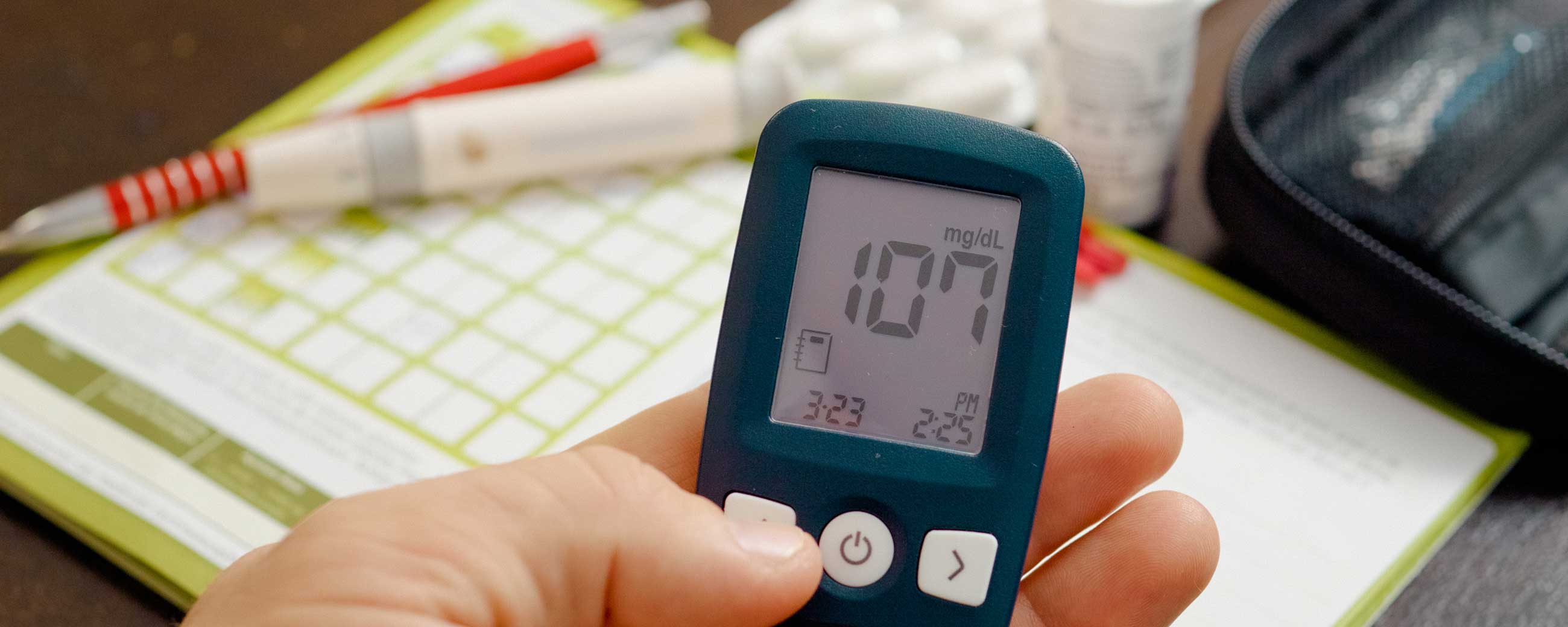
What is Diabetic Belly?

“And how can I get rid of it?”
Reviewed by Virta Medical Affairs
'Here at Virta Health, we believe all bodies are beautiful, and there's no reason to feel ashamed of a little paunch. But that doesn't mean abdominal weight gain should be ignored. It can be an early sign of so-called "diabetic belly," a build-up of visceral fat in your abdomen which may be a symptom of type 2 diabetes and can increase your chances of developing other serious medical conditions. (Not to be confused with gastroparesis, or a paralysis of the stomach, which can also sometimes be called 'diabetic belly', and is a serious condition which you should consult your physician about.)
The good news is that like type 2 diabetes, diabetes belly fat can be reversed. Take Adam, a full-time canal boat captain, who shrank his waist size by 12 inches within his first seven months as a Virta member. After losing 40 pounds of fat from around his middle, he felt great. The only drawback? "My daughter is grumpy about not being able to lay her head on my once-pillowy belly," he laughs.
If you want to take a page from Adam’s playbook, here’s what you need to know to lose diabetic belly fat and get your health back on track.
What is diabetic belly?
Heads up: the term "diabetic belly" or "diabetes belly" can be a little confusing, because it not only refers to the belly fat you might grow around your paunch if you have type 2 diabetes, but excessive abdominal fat in general even when you aren't living with diabetes.
Why is it so confusing? It all comes down to visceral fat.
Visceral fat is a type of belly fat located deep within your abdomen. It surrounds your organs, including your intestines, stomach and liver. The size around your middle roughly correlates with the amount of visceral fat you have. The difference between visceral fat vs. subcutaneous fat (which sits just below your skin) is that visceral fat is not only harder to lose, but increases your risk of stroke, heart disease, breast cancer, risk of dying early and--you got it--diabetes.
So does diabetes cause a large belly? Yes and no. They both share the same root cause of insulin resistance. If you have excessive abdominal fat, you're more likely to develop type 2 diabetes. At the same time, if you have type 2 diabetes, you're more likely to gain visceral fat, because your pancreas has gone into overdrive making insulin to overcome your body's built-up resistance.
And what does insulin do? You guessed it: promote fat storage while lowering elevated blood sugar.
How to get rid of diabetic belly
So if you’ve ever wondered ‘Why do people with diabetes have a large abdomen?’, there’s your answer.
If you gain too much weight in your abdomen, you're more likely to develop type 2 diabetes, which then makes you more likely to gain more visceral fat, which in turn increases your chance of developing other medical conditions.
In other words, diabetic belly is a dangerous cycle. So how do you break that cycle? How do people living with diabetes lose belly fat?
The best ways to decrease diabetic belly or visceral fat are:
- Adjust your diet. At Virta Health, we utilize a well-formulated ketogenic diet to help with type 2 diabetes control and belly fat loss.
- Focus on your nutrition and move your body when it feels right. Among our Virta members, we have found that exercise becomes more actionable as you become more comfortable in your body.
- Curb your drinking. Although alcohol can fit into a weight loss plan for many, cutting out alcohol (or at least limiting it) is a smart way to reduce belly fat because alcohol can be high in carbs and sugars and can lead you to make unhealthy food choices.
- Practice mindfulness. Too much stress increases cortisol, a stress hormone in the body. High cortisol can make your body more prone to store fat in your midsection. Stress can also lead to emotional eating. Try regular mindfulness activities to combat stress, such as meditating, breathing exercises, journaling, talking with a loved one or a professional counselor, spending time in nature or playing with your pet.
- Get enough sleep. Lack of sleep can increase your risk of visceral fat. Aim for at least seven hours per night.
The takeaway
Especially if you have been diagnosed with type 2 diabetes, diabetic belly or excessive abdominal weight gain is a sign that your body is building up too much visceral fat, which is a sign of more serious underlying issues which can lead to other health problems down the line. But we can help.
Over the years, Virta Health has helped thousands of people with type 2 diabetes lead healthier lifestyles. By becoming a member, you can regain control of your health and feel like yourself by making healthy lifestyle changes in a medical setting with supportive resources like 1:1 virtual coaching. See if you’re eligible for Virta Health here.
This blog is intended for informational purposes only and is not meant to be a substitute for professional medical advice, diagnosis, or treatment. Always seek the advice of your physician or other qualified health provider with any questions you may have regarding a medical condition or any advice relating to your health. View full disclaimer
Are you living with type 2 diabetes, prediabetes, or unwanted weight?








